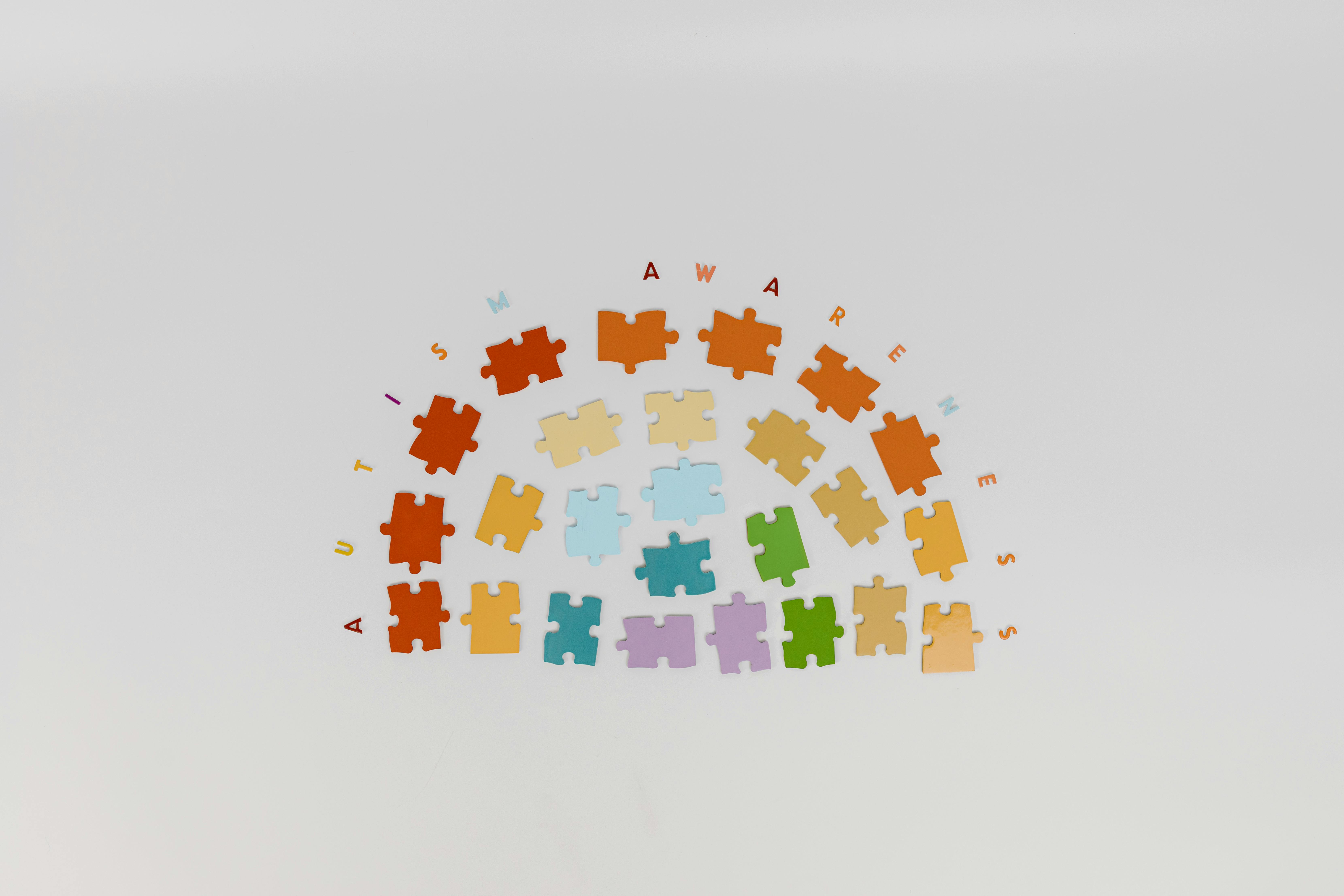Imagine a world where everyone’s brain worked exactly the same way. Sounds pretty boring, right? That’s where neurodiversity comes in.
If you’re reading this, chances are you know someone with autism, or maybe you’re on the spectrum yourself. With about 1 in 36 children in the United States identified with ASD according to the CDC, it’s more common than you might think. But despite its prevalence, autism remains widely misunderstood.
What is Autism Spectrum Disorder?
First things first: Autism is not a disease or something that needs to be “cured.” It’s a neurodevelopmental condition that affects how a person perceives the world, interacts with others, and processes information. Think of it as a different operating system for the brain – not better or worse, just different.
The term “spectrum” is key here. If you’ve met one person with autism, you’ve met one person with autism. The experiences and characteristics can vary widely from person to person, which is why we now use the term Autism Spectrum Disorder.
Common Characteristics
While every individual with ASD is unique, there are some common characteristics that many people on the spectrum share:
- Social Communication: Many individuals with ASD may find it challenging to interpret social cues or engage in typical back-and-forth conversation. It’s not that they don’t want to connect; they just have a different social language.
- Repetitive Behaviors: This could manifest as repeating certain movements (like hand-flapping) or having intense interests in specific topics. Did you know that these behaviors, often called “stimming,” can actually help individuals with ASD manage anxiety and process sensory information?
- Sensory Sensitivities: Many people with ASD experience heightened or reduced sensitivity to sensory input. That fluorescent light that you barely notice? To someone with ASD, it might sound like a jackhammer.
- Routine and Structure: Many individuals with ASD thrive on routine and may find unexpected changes distressing. It’s not rigidity; it’s a way of making sense of an often chaotic world.
- Unique Strengths: From exceptional memory to out-of-the-box problem-solving skills, many individuals with ASD have remarkable abilities that neurotypical folks might envy.
Busting Autism Myths: Sorry, Rain Man
Let’s clear up some misconceptions, shall we?
- Myth: All people with autism have savant skills. Reality: While some individuals with ASD do have extraordinary abilities, it’s not universal. Thanks, “Rain Man,” for that misconception!
- Myth: People with autism don’t want friends or relationships. Reality: Many individuals with ASD desire social connections; they might just approach them differently.
- Myth: Autism is caused by vaccines. Reality: This myth has been thoroughly debunked. Numerous studies have found no link between vaccines and autism.
- Myth: Autism only affects children. Reality: Autism is a lifelong condition. Adults with ASD exist and deserve recognition and support.
Embracing Neurodiversity
Now, here’s where things get exciting. While ASD certainly presents challenges, it also offers unique strengths and perspectives:
- Attention to Detail: Many individuals with ASD have an exceptional ability to notice details that others might miss. In fields like quality control or data analysis, this can be a superpower.
- Out-of-the-Box Thinking: Because they often see the world differently, people with ASD can offer innovative solutions to problems.
- Honesty and Loyalty: Many individuals with ASD value honesty and can be incredibly loyal friends and employees.
- Deep Passion and Expertise: When someone with ASD is interested in a topic, they often develop deep, encyclopedic knowledge about it.
Companies like Microsoft, SAP, and HP have recognized these strengths and have specific programs to recruit neurodiverse talent. It turns out that different ways of thinking are an asset in our complex world!
Supporting Individuals with ASD
If you’re a parent, friend, or colleague of someone with ASD, here are some ways you can offer support:
- Practice Patience: Communication might take a bit longer, but it’s worth the wait.
- Create a Sensory-Friendly Environment: Be mindful of sensory sensitivities and try to create comfortable spaces.
- Embrace Their Interests: Instead of dismissing intense interests as “obsessions,” engage with them. You might learn something fascinating!
- Advocate for Inclusion: Push for accommodations in schools and workplaces that allow individuals with ASD to thrive.
- Listen and Learn: Every person with ASD is different. The best way to understand their needs is to listen to them.
The Road Ahead: A More Neurodiverse Future
As our understanding of ASD grows, so does our appreciation for neurodiversity. We’re moving away from a “one-size-fits-all” view of the human brain and embracing neurological differences. Remember, autism isn’t a puzzle to be solved; it’s just a different way of experiencing the world. And our world is richer for it.
Understanding Autism Spectrum Disorder isn’t just about awareness; it’s about appreciation. It’s about recognizing that there’s more than one way to perceive, to think, to be. And in our beautifully diverse world, isn’t that something worth celebrating?
Build healthy habits with Hapday, Your Wellbeing Assistant
Join the millions of people using Hapday. Improve overall wellness & sleep.




